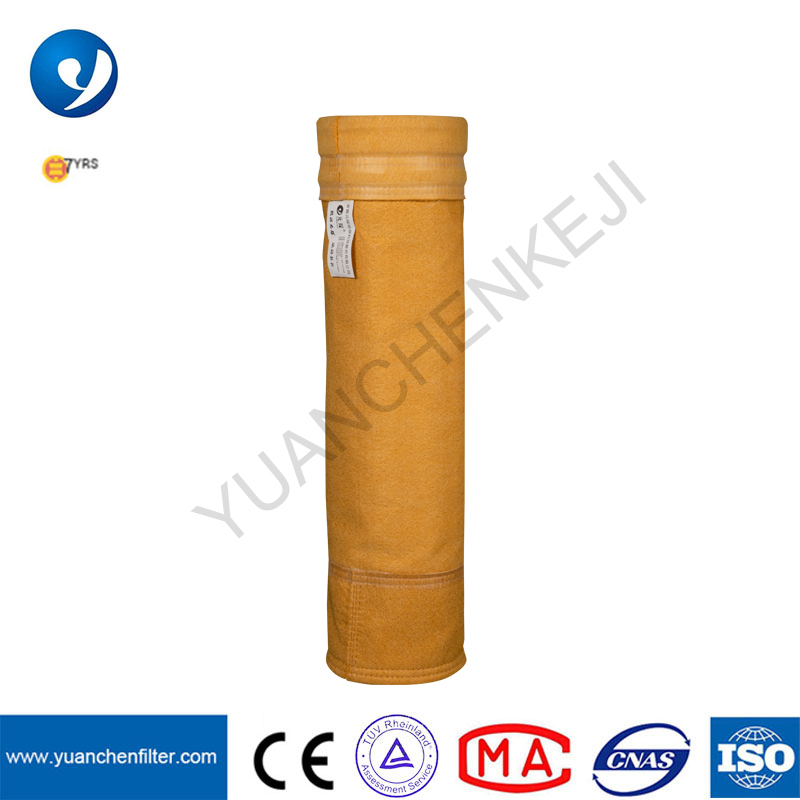Dust filter bag selection——P84 bags
Nov 02, 2022Structural characteristics:Triple leaf type structure, large specific surface area, and wear-resistant, high filtration efficiency.

The selection of dust bags should be based on the nature of the flue gas to be treated, the overall structure of the dust removal equipment and the performance of the integrated dust bags, thus forming a reasonable and optimised solution.
1. Nature and temperature of the flue gas
(1) Temperature working temperature (continuous working temperature, instantaneous working temperature) Dew point temperature;
(2) Chemical properties (acidic, alkaline, oxidising, hydrolytic)
(3) Dust concentration
(4) Filtration air speed
2. Dust properties (viscosity, humidity, particle size distribution, flame retardant requirements)
3. Dust cleaning factors (pulse cleaning
4. System air leakage rate (oxygen content)
Due to the good temperature resistance of P84 fibres, the anisotropic cross-section of the trilobal type (relatively large specific surface area), the high strength of the fibres and the oxidation resistance, the instantaneous temperature resistance of the rate material can be improved, the filtration efficiency improved and the load tolerated improved.
Disadvantages: But in actual use, the performance of the indicators of improvement due to the use of the proportion of P84 material restrictions (generally 10% ~ 15% or so), there is no significant improvement, coupled with the poor hydrolysis resistance of P84, so the use is not very wide.
P84 dust bag is recommended to be used in working conditions where the concentration of dust is high and the moisture content is low.
P84 dust bag features: shaped fibres, large specific surface area, good chemical resistance, medium hydrolysis resistance.
P84 dust bag is more expensive and is mainly used for dust collection at the end of kilns above 5000T/D. It can be used for four years normally.